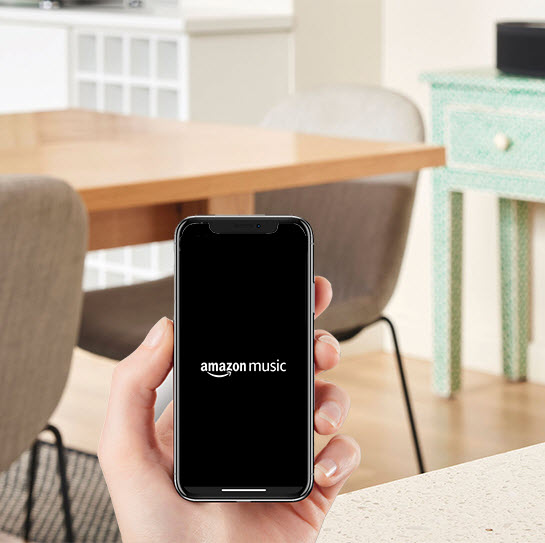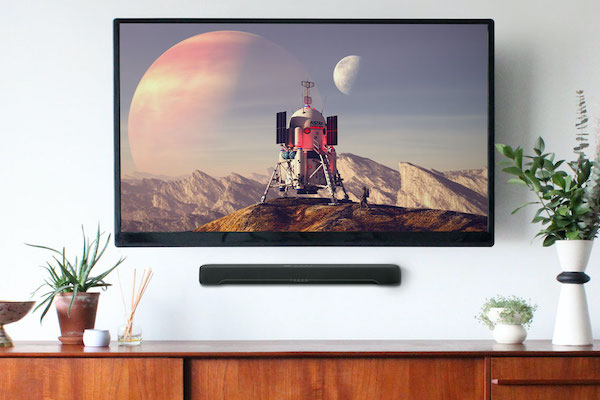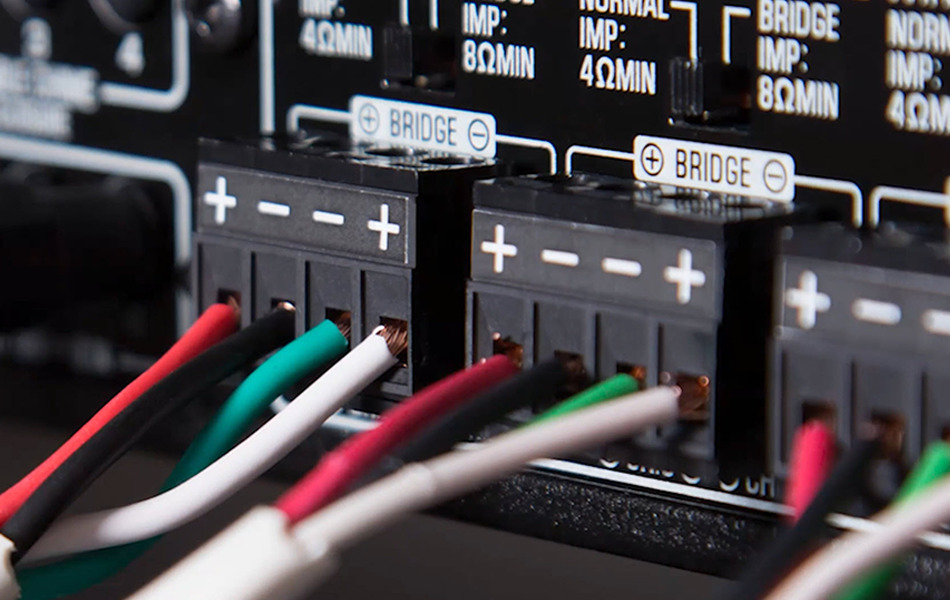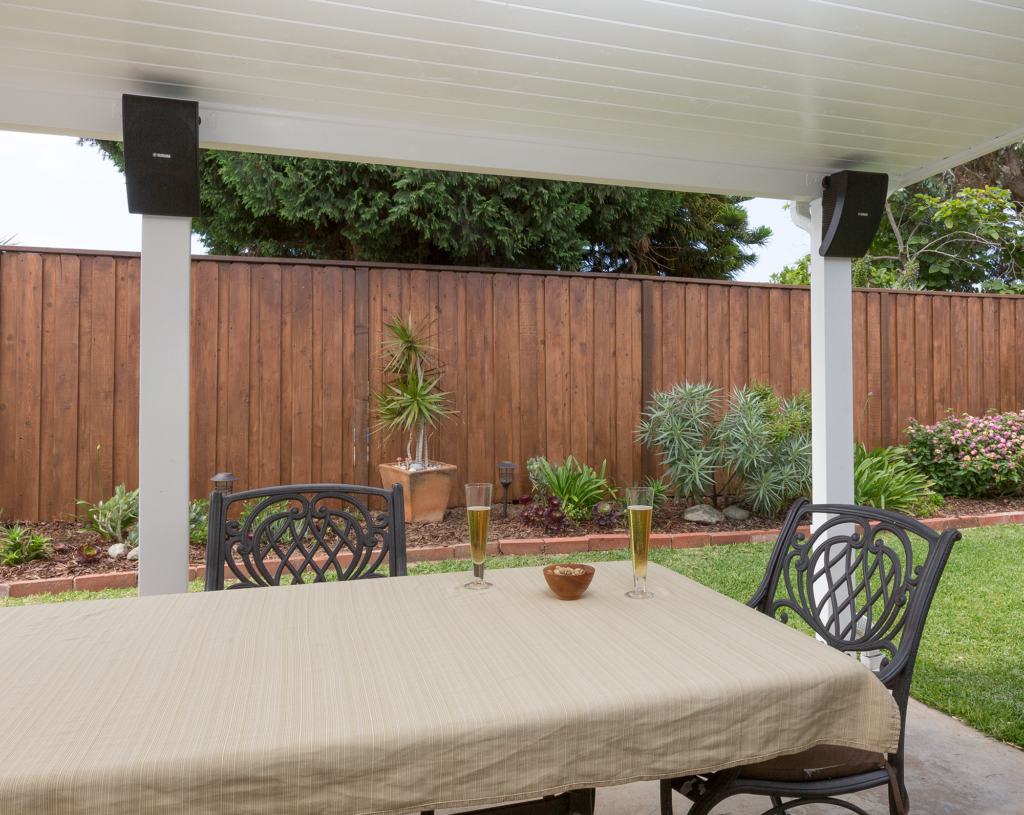How to Get Started as an Audiophile
Making the transition from casual listener to serious audio buff.
If your love for music leads you down the path to becoming an audiophile, you will no doubt have a lot of questions. After all, there’s so much gear, and so many choices! Would you rather have a personal listening setup (i.e., one that’s headphone-based) or create a system that will fill a room with sound? What gear should you consider buying? How far do you want to take it? The sky, your listening room and your wallet are your only limits.
The main benefit of taking the audiophile approach is enjoyment. A high-end audio system will reveal much more than any pair of earbuds, computer speakers or sound bar can deliver, with bass you can feel, lifelike dynamics, and the ability to hear the finest of details, no matter what your favorite music happens to be. Here are some tips for making the transition from casual listener to audiophile.
Ask the Right Questions
First, think about what you’d like to accomplish, and what the most important aspect of your music listening is. Do you enjoy listening to music loud, approaching concert hall levels? And if so, can you get away with it where you live? Will you have the luxury of a dedicated music space, or does your system have to integrate with a multi-use room? Do you listen to big music (live recordings, heavy rock, full-scale symphonies) or smaller music (singer/songwriters, acoustic music, string quartets)?
Then there’s this question: How important is physical media playback to you? Do you own a lot of CDs or records — or plan on collecting a lot more? Many audiophiles prefer the “warmth” of vinyl to the “coldness” of relatively low resolution digital formats like CD … but maybe you’re content with streaming (hopefully of the lossless variety; if you’re a true audiophile, lossy codecs like MP3 will probably have limited appeal). This will determine whether you will need more than one source component. How loud you like to enjoy music will also determine how much power your amplifier will need and what kind of speakers you can pair up to deliver the goods.
Suggested Tracks
When evaluating new gear, always start with music you know intimately. That’s the easiest way to hear what new information the system is delivering. From there, consider a good vocal track or two, something with a solid bass groove, and perhaps some acoustic music. Listening to real instruments really helps you to hear if things sound “right.” (The fact that Yamaha has been making musical instruments for over a century really reflects in much of their audio gear.)
Some of my personal favorite audiophile evaluation tracks include:
- (Classical) The Jung Trio: Dvorak-Trio in F Minor, Opus 65. This audiophile pressing from Groove Note records is available on SACD and vinyl. It’s exquisitely recorded and will give your system a great workout. The first track, “Allegro Ma Non Troppo,” provides a great interplay between the violins and piano.
- (Jazz) John Klemmer: Touch. This one requires a bit of the way-back machine, and is available in all formats (even cassette!), but if you can find a vinyl copy on the Mobile Fidelity label, that’s the top choice. The title track is the most dynamic, and Klemmer’s sax should shoot right out of the center of your speakers.
- (Rock) Crosby, Stills, and Nash: Crosby, Stills, and Nash. Here again, vinyl is the way to roll, and the very early pressings have the best sound; if you can’t find one, the remaster from Classic Records is good too. Pick a track, any track: The better your system, the easier it will be to distinguish the individual voices of the three singers.
- (Pop) Michael Jackson: Thriller. You may think this is low-hanging fruit, but Thriller is top shelf music craft from start to finish, and a sonic masterpiece as well. The title track will test your system’s dynamics, while the slower songs have incredible depth. Definitely go for the vinyl on this one, but if you have to stream, seek out the high-resolution version. Try “Human Nature” and listen to the echo on Jackson’s voice gently float between the front of your speakers to the back of the room … even in two-channel stereo.
- (Blues) Johnny Winter: Second Winter. This masterful album is Texas blues at its very best. Full of blistering guitars and grit, the elder Winter brother is at the top of his game here. Every track on this record is non-stop energy, and if you really love your blues loud, seek out the Deluxe Edition. It’s as good as digital gets and it features great bonus tracks.
- (Country) Johnny Cash: American Recordings. This could possibly be one of the best-sounding country albums ever recorded. The stark production values combined with an airy, open sonic space really show off The Man In Black’s distinct vocal style. This one is great no matter what format you choose, but skip to the end of the album for “The Man Who Wouldn’t Cry.” This live track has a great sense of room ambience, and feels like you’re sitting in a smoky bar about six feet away from Cash and his acoustic guitar.
When auditioning audiophile system components — especially speakers — you should always listen at a level that you normally feel comfortable listening at. If you usually play music at conversational levels, make sure the components you choose pass this test, and vice-versa. If you need to rock, don’t hesitate to turn it up to 11 before handing over your credit card.
It’s More of a Journey Than a Destination
The more you listen, the more you’ll hear. It sounds simple enough, but the whole audiophile thing is more often a journey than a destination. You may start out with something as simple as a basic Yamaha R-S202 receiver, a pair of compact Yamaha NS-6490 bookshelf speakers and an NS-SW050 powered subwoofer. The R-S202’s built-in Bluetooth capability will let you stream music from your favorite mobile device or laptop, and plug in a few other components as your needs expand. You can even add a turntable like the Yamaha TT-S303 and keep the entire system budget under $1,100.
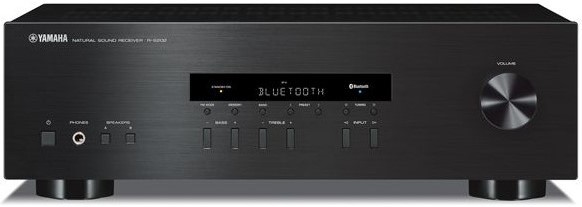

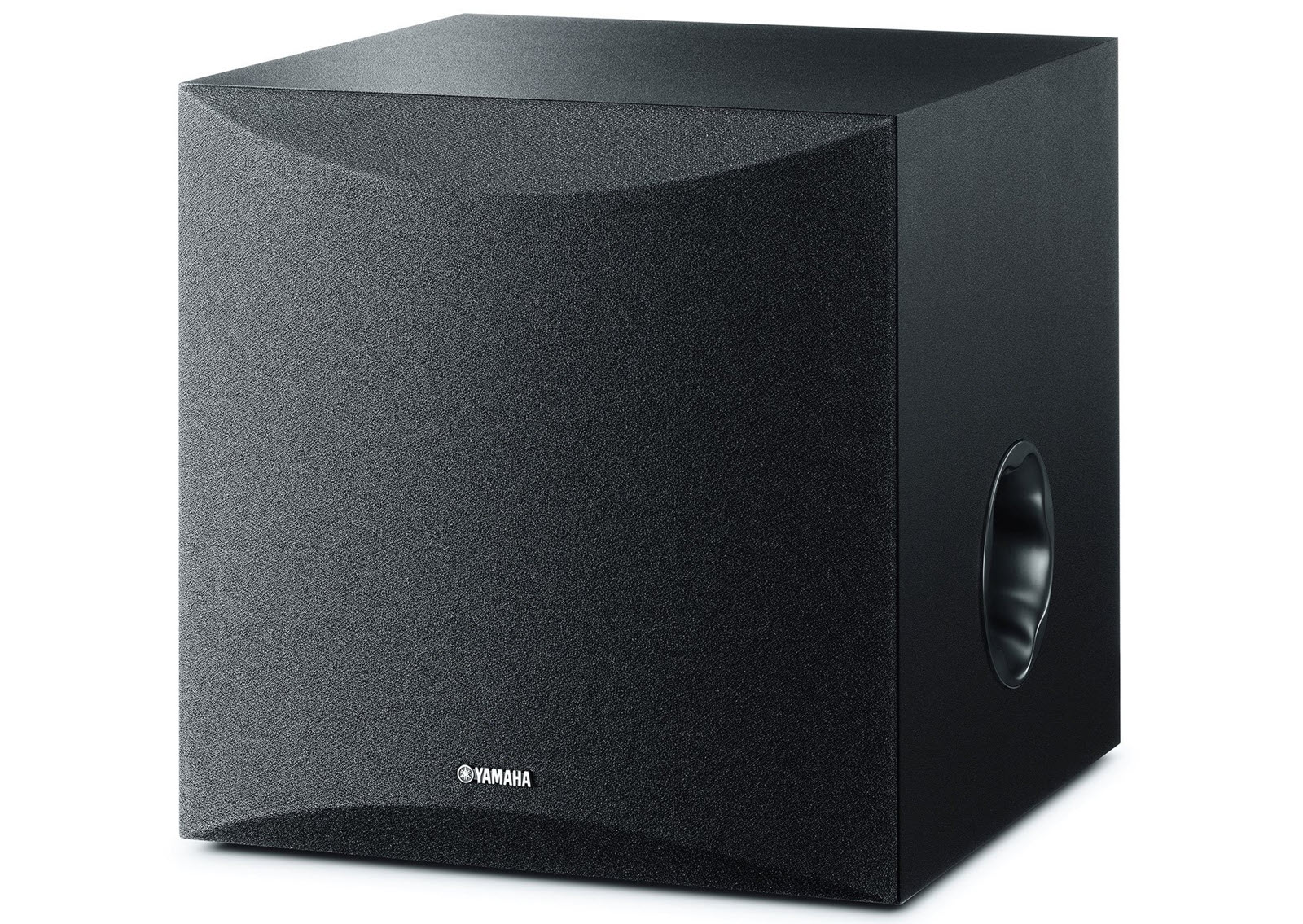
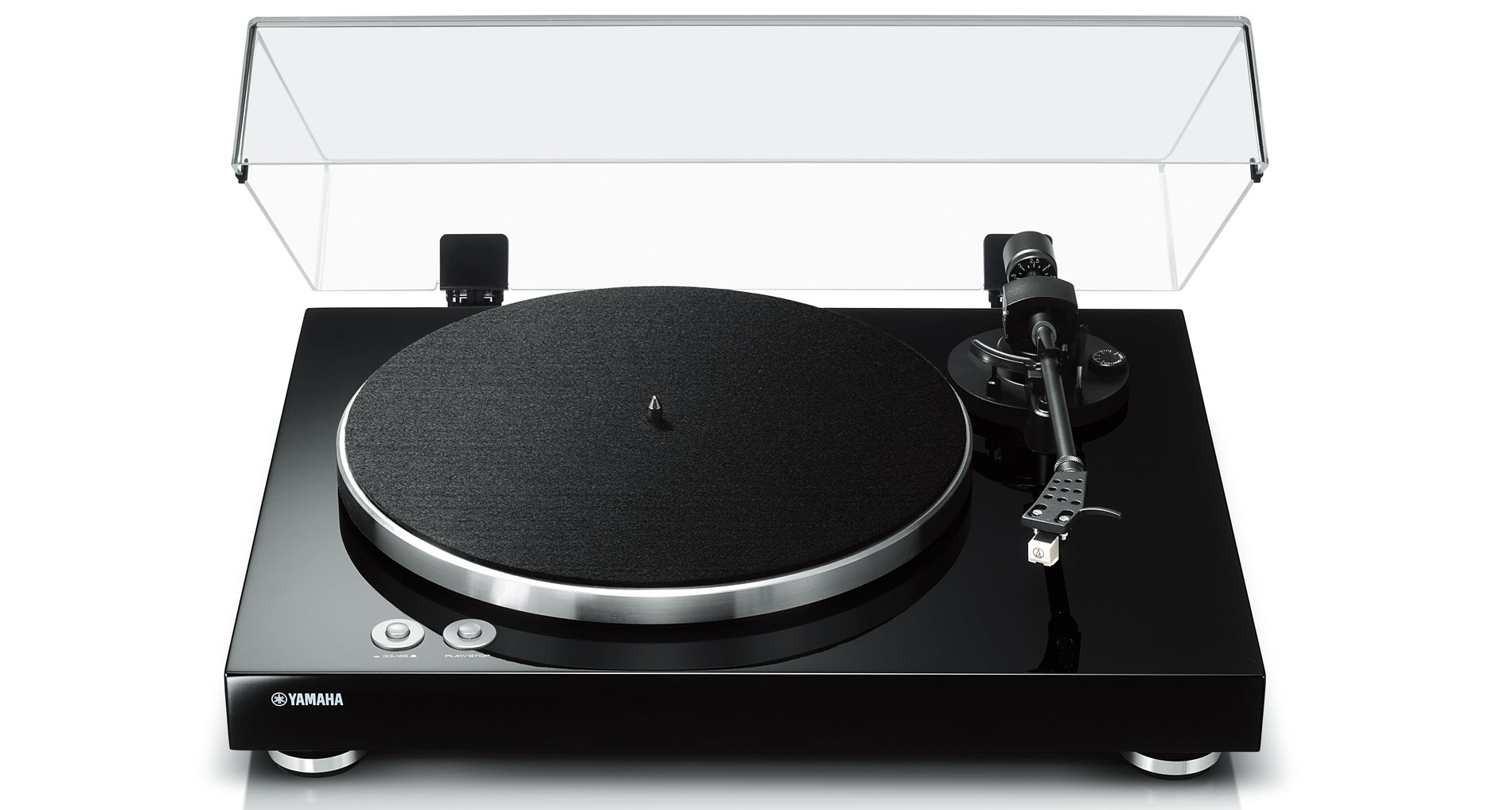
Pairing an integrated amplifier like the Yamaha A-S701 with floorstanding speakers like Yamaha NS-777s takes away the ability to play FM radio, but delivers more power.

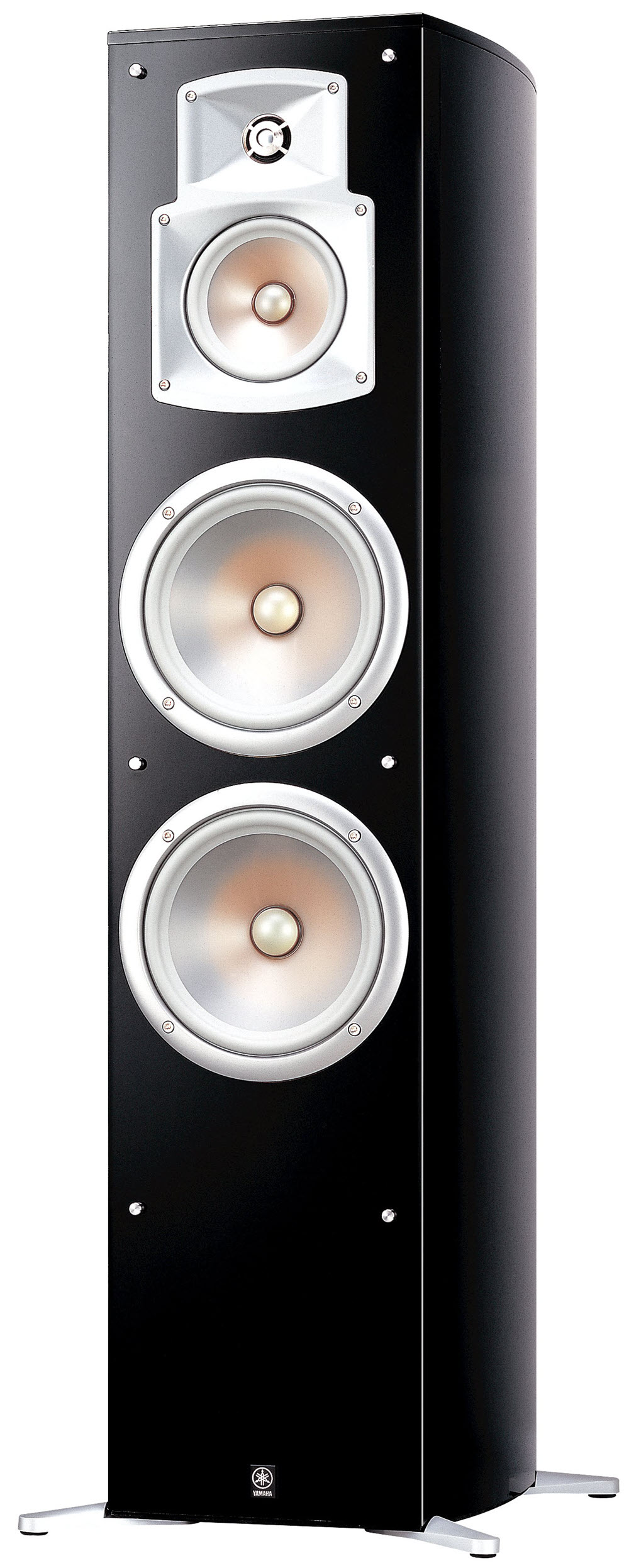
Or consider Yamaha 2000 Series components such as the R-N2000A network receiver and NS-2000A speakers, which restores radio listening to the equation. With more power and refinement on tap, a system of this magnitude can play louder, yet with more finesse at the same time in the form of added definition and detail. If you have enough space in your listening room to properly position the speakers, you’ll be able to enjoy a larger soundfield too, which will draw you further into the music.
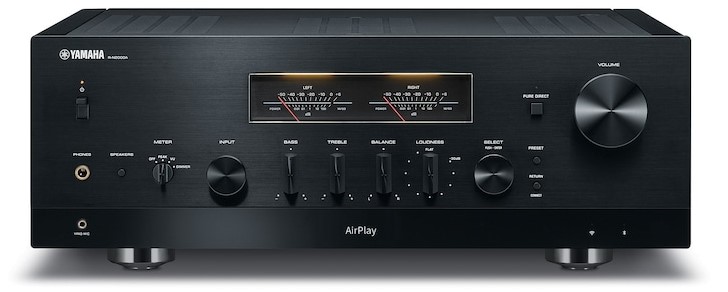
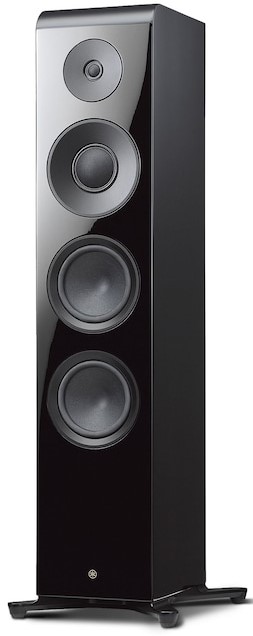
The Top of the Mountain
The 5000 Series is the flagship Yamaha line designed especially for audiophiles. These extraordinary components, which include the C-5000 preamplifier, M-5000 power amplifier, GT-5000 turntable and NS-5000 speakers, draw on the company’s long expertise in building pro and consumer components, as well as some of the music industries’ most iconic studio monitors, including the venerable NS-10.
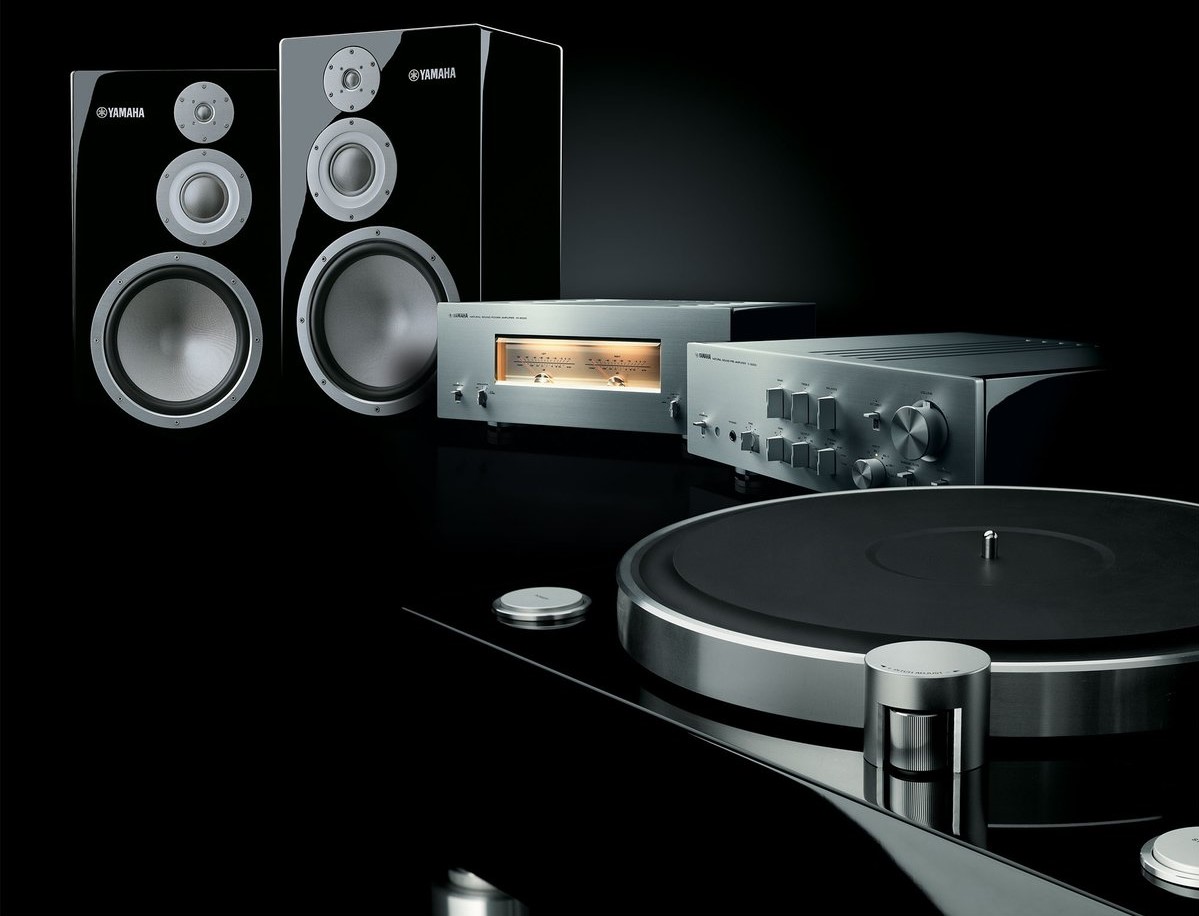
When you listen over a set of components at this level, the line between live and recorded music begins to blur. Even at low volumes, a top audiophile system allows you to hear into the music, to discern layer after layer of musical nuance. All of a sudden you can hear the texture of the drum heads, the breath of the vocalists, and even the subtlest differences between instruments. It’s almost addicting, and you might find yourself spending a disproportionate amount of your time just listening to music.
Feed Your Head
If you don’t have a big listening room, consider using a high-quality pair of headphones instead, such as the Yamaha YH-5000SE (part of the aforementioned 5000 Series), which deliver nearly the same sonics as a far bigger and more expensive speaker system.
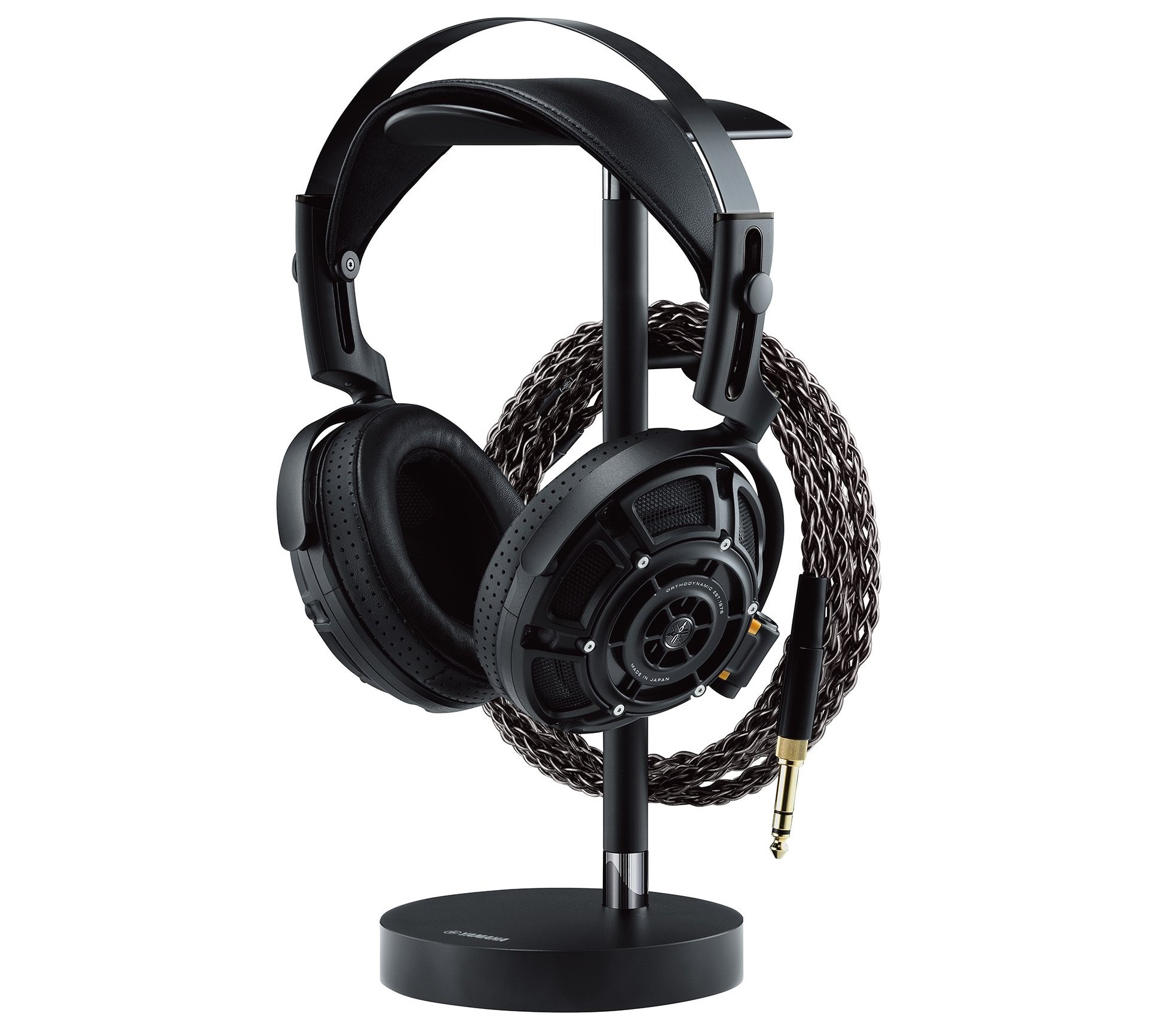
Premium headphones like these can create a huge soundstage in-between your ears, and with the room eliminated from the equation, can reveal the smallest of musical nuance that only the world’s finest systems can deliver. The only thing even the best headphones can’t do is convey low bass notes in the same chest-thumping visceral way a big pair of speakers with a subwoofer can, but you’ll be amazed at the degree of accuracy overall.
Try a few of your favorite tracks that you are familiar with through speakers, and listen to them carefully through a pair of high-end headphones. While you’re at it, try a few tracks with a big sonic landscape, like Pink Floyd’s “Breathe,” or “Who” from David Byrne and St. Vincent. You may even find that you prefer phones to speakers!
The Bottom Line
How do you know when you’ve become a true audiophile? That’s always open for discussion, but a good marker is when your system reveals so much information that you’re listening not just to the music as a whole, or even to the individual instruments, but that you’re able to appreciate and enjoy the finer points of the recordings such as spaciousness and ambience — all of which you’ll be able to hear with full clarity, just as the musicians and audio engineer did in the recording studio.
What matters ultimately is putting together a sound system that brings you closer to the music you love. When that happens, you never know how far the journey will take you.











